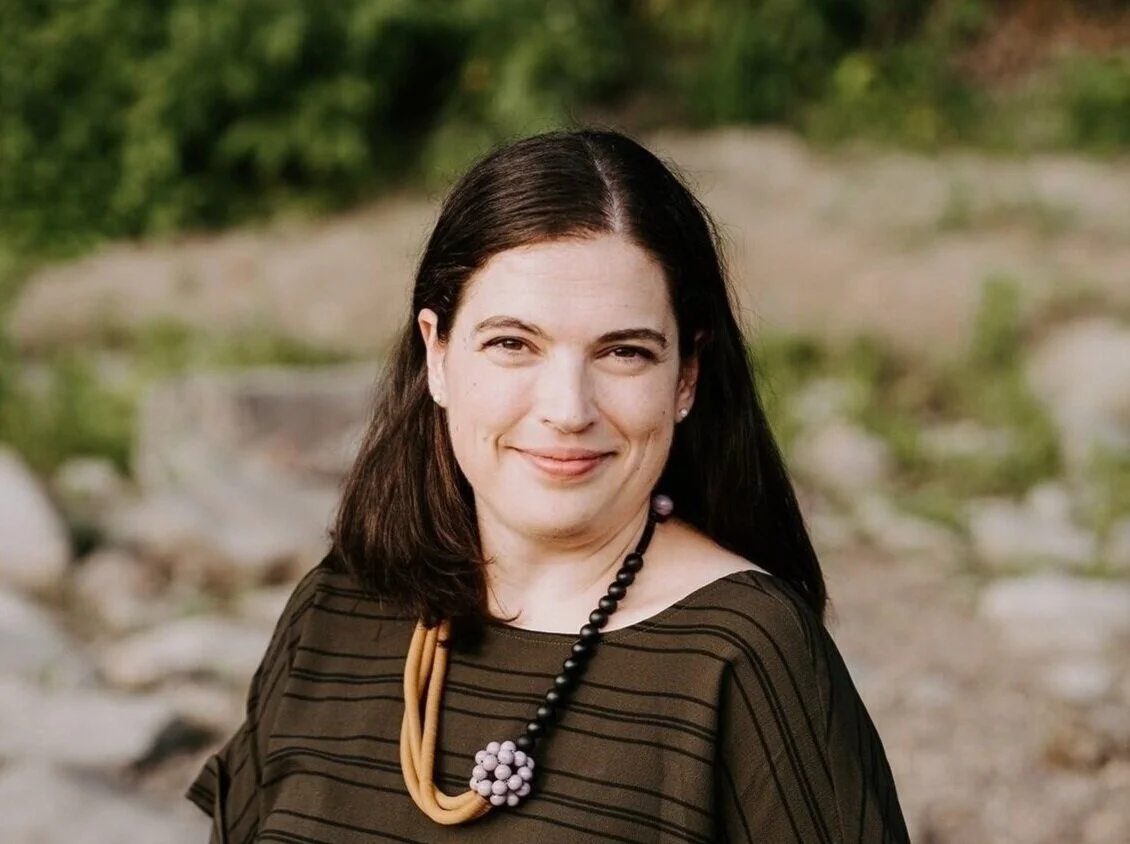Hokusai at the Grand Palais
/The Hokusai exhibition at the Grand Palais is like a movie.
You enter, and the first room focuses on the reception of the Hokusai’s works in France in the second half of the 19th century (after the artist's death). A timeline greets you with the major dates of his life, each period associated with a name change. It’s like only hearing whispers about the artist, but no sight of him yet.
Then, you travel through time.
You step into the next room, and you are in the artist’s youth. The decade is the 1780s and he goes by Katsukawa Shunrō, producing cheap commercial wood-block prints.
Then, in the next room, he becomes Sōri, an artist in his 30s. He is becoming more confident with his brushstrokes, creating illustrated calendars, engravings and ‘playful verses’.
For five years, between 1805 and 1810, he became Katsushika Hokusai, focusing on books using India ink that required enormous skill, invention and humor to bring alive.
The exhibition pauses in the action with a room on Hokusai manga, or miscellaneaous drawings, compiled starting in 1814. These scenes of daily life and objects are fascinating to look at and are of enormous historical importance.
As you ascend to the second floor, animations of the manga figures dance across the ceiling of the vestibule.
If the exhibition is a movie, the sense of anticipation is rising. You know the climax is going to be the Thirty-six views of Mount Fuji, but as you enter the galleries on this floor, you don’t know when the series will pop out at you.
The artist is now in his 50s, and he goes by Taitō, producing painting manuals rather than reading books.
Et voilà, you enter the Iitsu period and you see crowds around one side of the room. You make your way up to the glass, and there is Mount Fuji and that oh so famous wave.
Next, the dénouement. Hokusai is in his 70s and 80s, going by Gakyō Rōjin Manji (‘The Old Man Mad About Art’). He is still painting, and he declares that he would need to live beyond the age of 110 to complete his life’s work.
The exhibition finishes with a letter written by his daughter with the news of her father’s death. I imagined the grief that that hand’s owner must have felt.
Fin
The Grand Palais is also putting on a fabulous exhibition on Niki de Saint Phalle at the moment. If you are going to visit both at once, however, I recommend starting with Hokusai. Going from Saint Phalle’s exuberant colors to Hokusai’s subtle shades was like going from bright sunlight to a dark room: it takes a minute to adjust.
It was interesting to see the unlikely parallels between these two very different artists. The exhibitions each follow the progression of the artists’ radical changes in their creation over the course of a lifetime.
Hokusai at the Grand Palais (until January 18, 2015)
Address: 3 avenue du Général Eisenhower, 75008 Paris ∣ Métro: Franklin-D.-Roosevelt (lines 1 & 9) or Champs-Elysées-Clemenceau (lines 1 & 13) ∣ Opening hours: Monday from 10am to 8pm, Wednesday to Friday from 10am to 10pm, Saturday from 9am to 10pm, Sunday from 9am to 8pm, Special holiday hours between December 20 and January 3 (check the website)





![[Minamoto no Tametomo] Tametomo dans l’île, © The British Museum, Londres, dist. Rmn-Grand palais / The Trustees of the British Museum](https://images.squarespace-cdn.com/content/v1/530f52b6e4b0a39dbd7b8c22/1419435482251-M3I9HH623P6PB5CJHHDG/image-asset.jpeg)
![« Vent du sud, ciel clair [le Fuji rouge] », © The British Museum, Londres, dist. Rmn-Grand palais / The Trustees of the British Museum](https://images.squarespace-cdn.com/content/v1/530f52b6e4b0a39dbd7b8c22/1419435647386-N7V4ZBFK3J7I4TS8HC8B/image-asset.jpeg)








